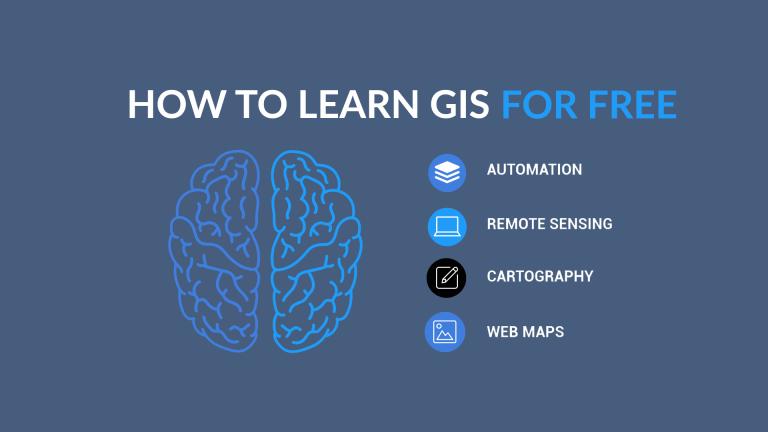
GIS analyst skills, salary, and description
A GIS analyst is a well-rounded, tech-savvy spatial individual with a wide range of skills. Also, they are multi-tasking, multi-disciplinary, and fast on their feet. Companies hire GIS analysts to:
- Create geospatial data sets
- Prepare maps for publication
- Monitor and administer databases
But GIS analysts also often prepare reports, perform research and give a professional opinions. As a GIS analyst, you could be working in almost every discipline for spatial data management.
For example, local and national governments use GIS to manage infrastructure, land records, economic development, and much more. Let’s get started looking at the exciting job of being a GIS analyst.
How do GIS analyst salaries stack up?
As you can see in the salary pyramid, GIS analysts are in the 60,000 to 75,000$ USD range. But of course, it depends on your location. Also, it depends if you work in an urban or rural environment.
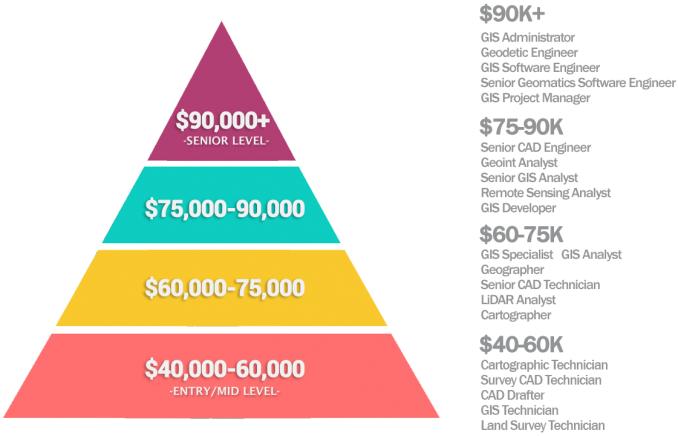
Similar to GIS technicians, GIS analysts are entry-positions. After you get your foot in the door, you can climb the GIS career ladder. For example, GIS analysts often transition into management and programming. There are also specialized fields like photogrammetry, LiDAR, and remote sensing.
In terms of total jobs in the field of GIS, 25% of jobs in the United States have the title “GIS Analyst”[1]. Similar to GIS technicians, this job type integrates well with CAD and engineering.
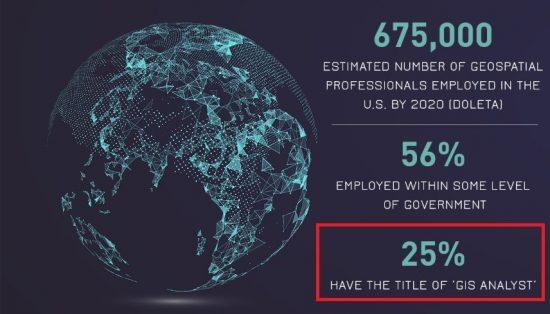
The pros and cons of GIS analyst jobs
GIS analysts are fairly satisfied with their line of work. Often, GIS analysts enjoy their workplace diversity. For example, you will rarely be doing the same monotonous tasks week over week. Unless you are in a digitizing type of role, you often create maps, write code, and are challenged daily.
As new and innovative technologies pave their way into GIS, this only means more growth in the field. Because of the youth of GIS as a discipline, there are always exciting new developments in GIS. For example, web map platforms like ArcGIS Online have really taken off over the last couple of years.

According to Indeed job trends, GIS analysts are less in demand than GIS developers and managers. Often the case, GIS analysts are similar to technicians and specialists with just a different job title. (So you should sum each percent for each role on the line graph below)
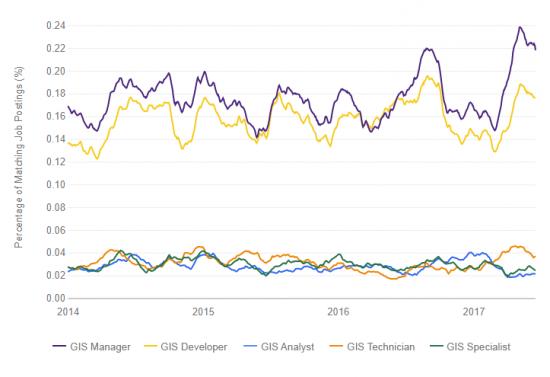
Often, GIS analysts are unhappy with a relatively low salary of pay compared with IT. Because GIS analysts are routinely burdened with a diverse workload and new technology, wages aren’t keeping up.
As a disadvantage, GIS analysts sometimes express dissatisfaction about limited career growth. Unless you move into a project management role, there aren’t a lot of other opportunities to pursue. If you want to upgrade your job, you have to learn new skills like learning Python or try out data science certification courses.
GIS analyst job duties
CARTOGRAPHY is the study of creating maps. As a GIS analyst, cartography comes in different forms. For example, it could be softcopy mapping, web mapping, or digital maps. For these mapping products, you may have to suggest design and quality control/assurance.
DATABASE MANAGEMENT stores vector and raster data in a relational database management system. Because databases can grow exponentially in size, you may have a role in database administration type of role.
SPATIAL ANALYSIS uses techniques to manipulate, extract, locate and analyze geographic data. GIS analysts use geoprocessing tools and data analysis to explore the relationships between map features.
PROGRAMMING automates redundant GIS processes so companies implement workflows and GIS modeling techniques for normal business operations. For example, typical programming languages in GIS are Python, SQL, JavaScript, C++, Visual Basic, and Java.
Complementary duties
REMOTE SENSING: This is the process of using satellite data to classify land cover. Even if you don’t use remote sensing, you probably will do air photo interpretation or use global positioning systems (GPS).
SURVEYING accurately measures three-dimensional points on the land with measuring equipment. Although GIS analysts don’t tend to be in the field often, they manage data collected by surveyors and field staff.
BUSINESS DEVELOPMENT involves project management, technical writing, and team management. Senior GIS analysts can take on a larger role by leading teams and providing opportunities for business development.
Example GIS analyst tasks
- Develop and maintain GIS data resources for public access.
- Assist with data collection with GPS and field collection with Esri Collector or QField.
- Digitize, create, maintain, display, and update GIS databases to various GIS databases.
- Produce accurate maps and other representations of data for public use and field work activity.
- Ensure data accuracy by going out in the field to resolve conflicts.
- Record and document details of map updates, additions, or deletions.
- Being proficient with Esri ArcGIS 10x with extensions Network Analyst, 3D Analyst, and Spatial Analyst.
- Non-Esri or open source software includes AutoDesk AutoCAD, QGIS, GRASS, CARTO, and Mapbox.
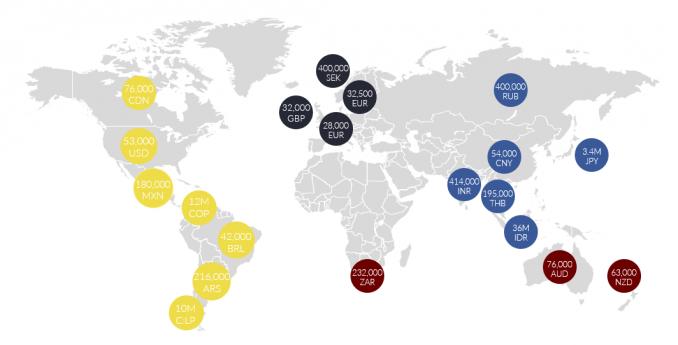
Looking to complement your skills as a GIS analyst?
If you’re looking to complement your GIS skills, data science is one of the fastest-growing jobs today. Since 2012, data scientists have already seen +650% job growth (source: LinkedIn).
Here are some of the data science programs in data science and emerging technology that build you the right foundation:
- 10 Best Data Science Courses and Certification
- Data Analyst Certification For Beginners
- SQL Certification Courses – Structured Query Language
- 10 Data Visualization Certification and Courses
- 10 Python Courses and Certificate Programs
- R Certification Courses for Statistical Computing
- Data Management Certification Courses
It’s projected that there will be an estimated 11.5 million new jobs related to data science by 2026 (source: U.S. Bureau of Labor Statistics) with an average annual salary of $120,931 with the job title of data scientist (source: Glassdoor)
What’s next?
GIS analysts are more than just map makers. For example, it’s common to have some proficiency in remote sensing, CAD, programming, and database management.
And it’s hard to get away with primarily being just THE GIS analyst in your workplace without having a complementary area of expertise.
Whether you’re in environmental protection, transportation, or military intelligence, GIS is often a skill that complements the field you’re working in.
Furthermore, it often requires additional education on top of just GIS. If you’re thinking twice about becoming a GIS analyst, take a look at some of our other job profiles in GIS.
References
1. GIS Certification Institute (GISCI). (2020. January). Retrieved from https://www.gisci.org/

